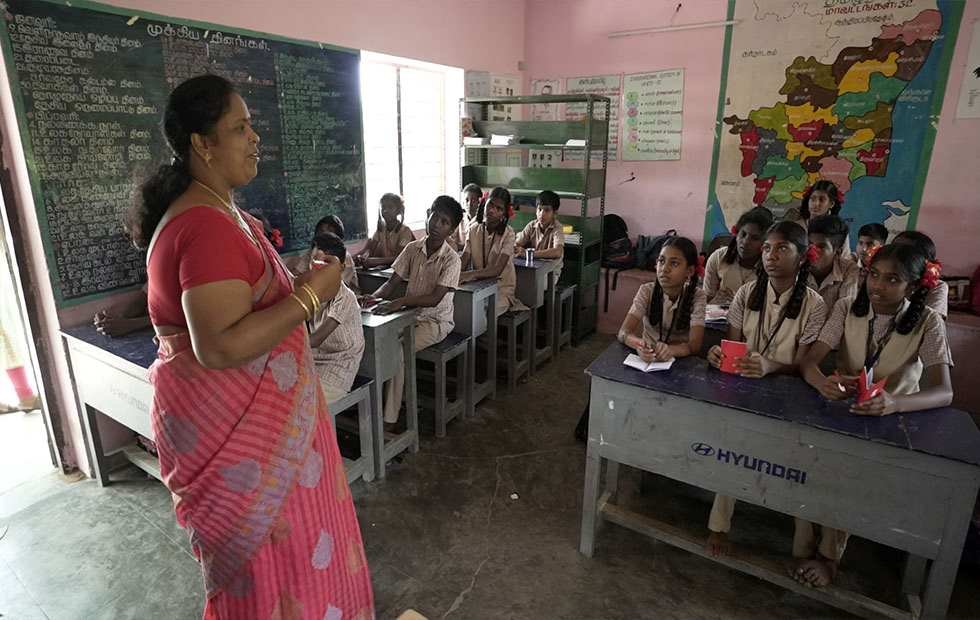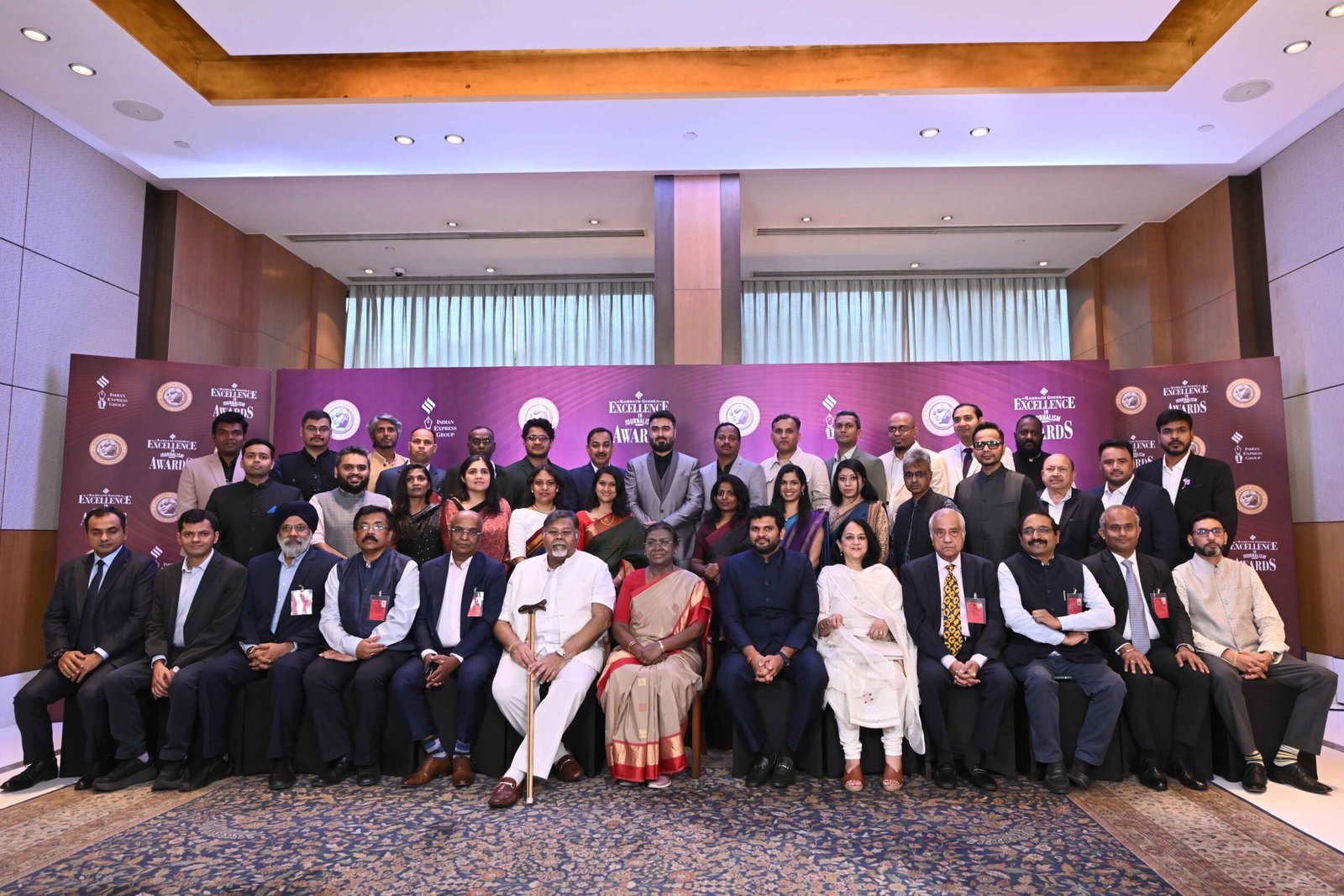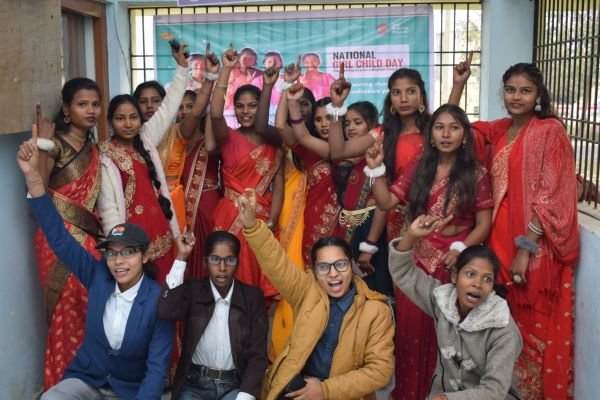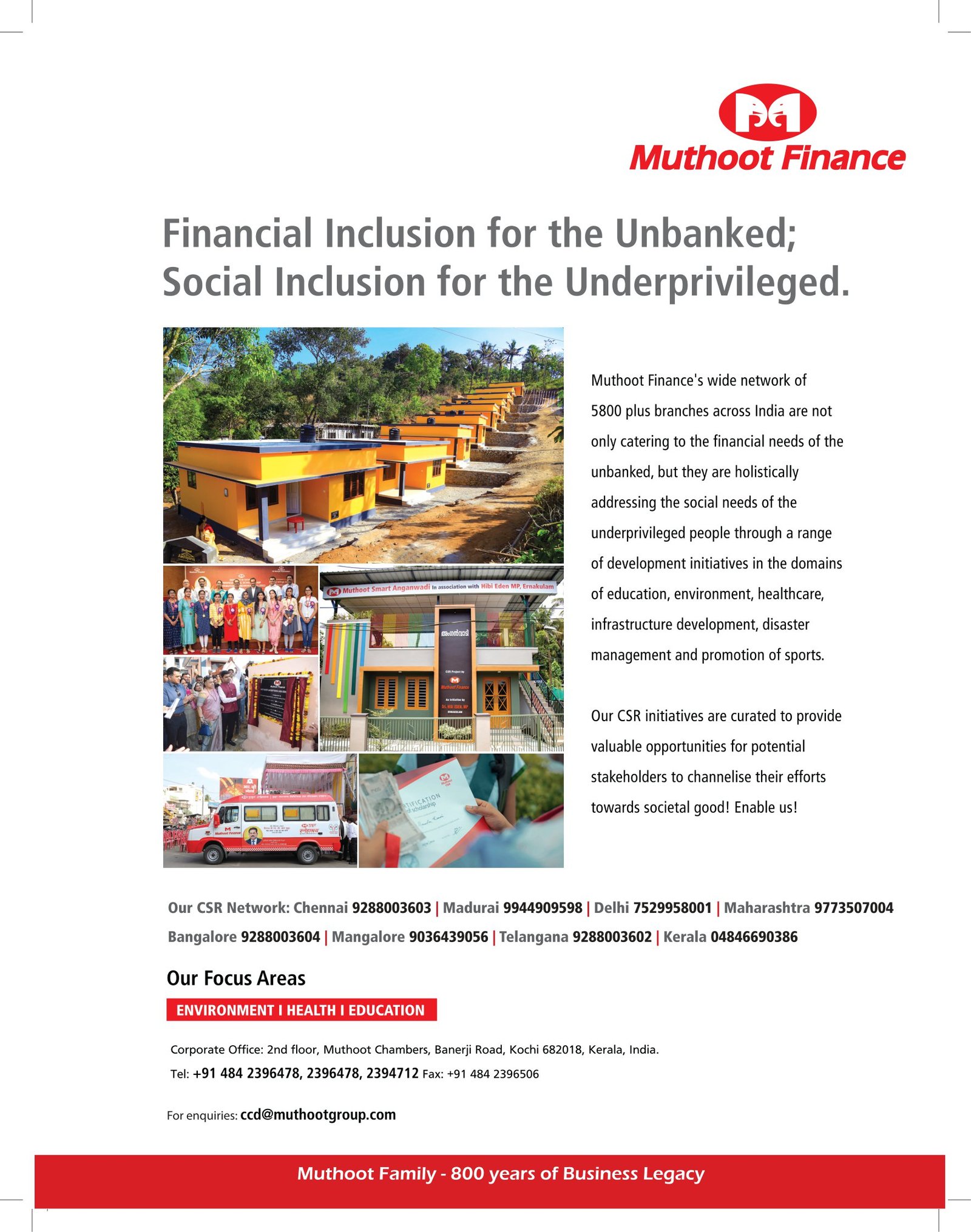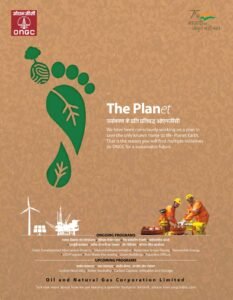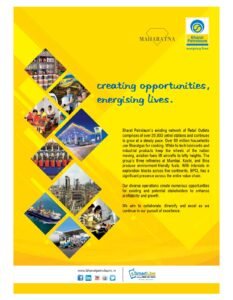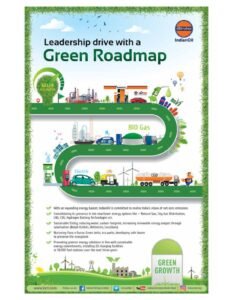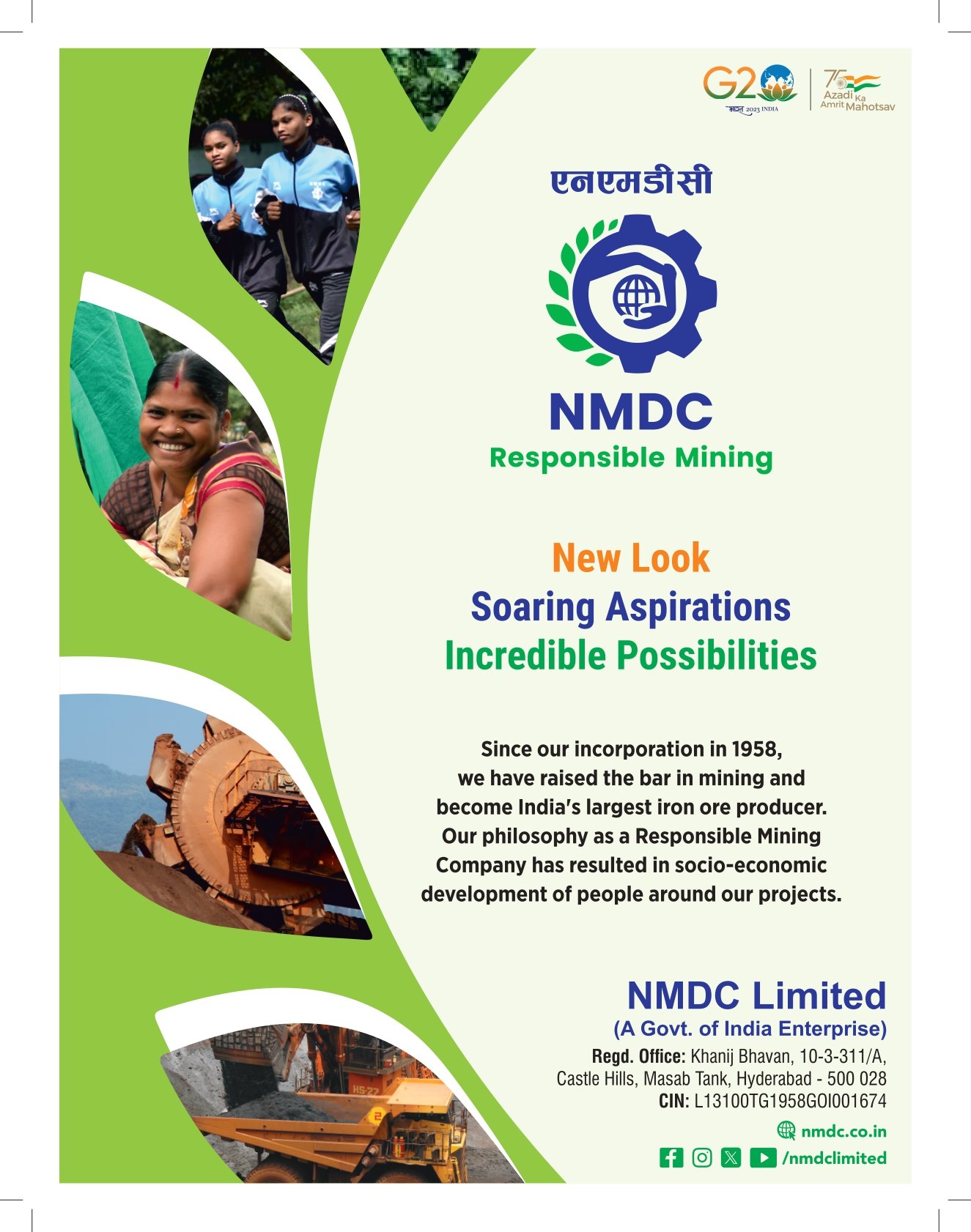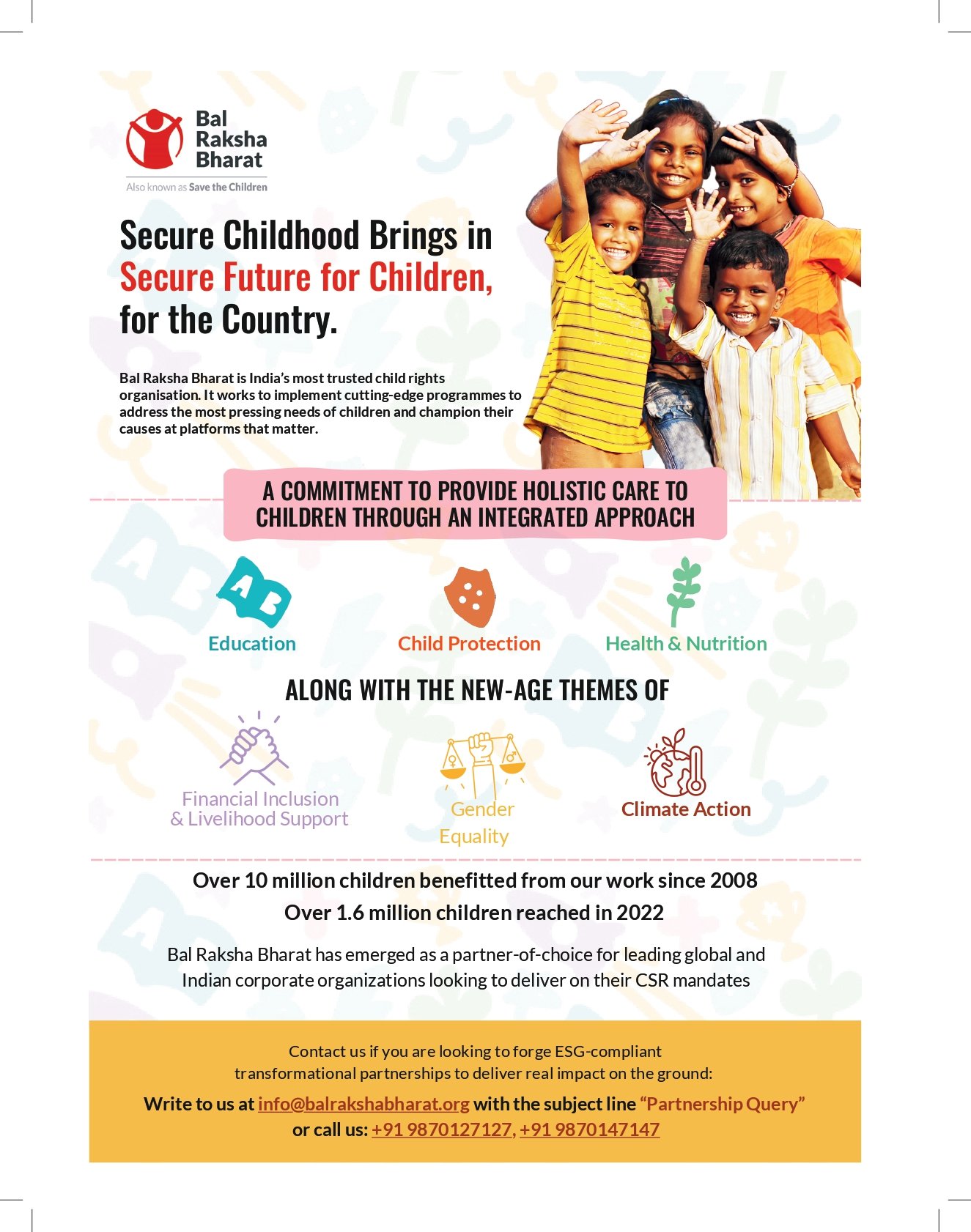
Recently, India became the world’s fifth-largest economy by overtaking the United Kingdom. Now, the United States, China, Japan, and Germany are the only nations with economies larger than India’s on the one hand, and on the other hand India ranks 132 out of 191 countries and territories on the 2021/22 Human Development Index, according to a report released by the United Nations Development Programme (UNDP). HDI is a measure of a nation’s health, education, and average income; it has declined for two years in a row – 2020 and 2021, reversing five years of progress.
“The issues we face are so big and the targets are so challenging that we cannot do it alone. When you look at any issue, such as food or water scarcity, it is very clear that no individual institution, government, or company can provide the solution,” says Paul Polman, CEO, of Unilever. The Sustainable Development Goals (SDGs) explicitly acknowledge the interconnectedness of the prosperity of business, the prosperity of society, and the prosperity of the environment. They represent a fundamental shift in approach, naming all societal sectors as key development actors, and requiring an unprecedented level of cooperation and collaboration among civil society, business, government, NGOs, foundations, and others for their achievement.
There are three distinct pillars sustaining any nation-building process. The first one is, government, which also could be categorized as political leadership; second, civil society; and third, business. That’s where all of us need to reckon with the fact that in the last three decades, India as a nation, has been successful in pulling out, a significant number of people from below the poverty line. The poverty headcount ratios have been declining progressively, since independence.
The Government of India has an ambitious vision to bring in inclusive growth and is seriously moving in that direction. The combined expenditure of the Center and the state governments on the social services sector increased to Rs 71.61 lakh crores during the financial year 2021- 22, according to the Economic Survey. Social services include education, sports, art and culture, medical and public health, family welfare, water supply, and sanitation, housing; urban development, the welfare of SCs, STs, and OBCs, labor and labor welfare, social security and welfare, nutrition, relief on account of natural calamities, etc.,” the Survey for the financial year ending March 31, 2022, said. The 2 percent CSR spending mandated for corporates will add to the momentum.
Doing well by doing good
The reputational lever, the ability to attract, retain, and energize talent, the tremendous goodwill of consumers, the pride that the shareholders and investors take and above all garnering of community support all are the direct outcomes of genuine CSR engagement. Increasingly, corporates are moving beyond altruism and realizing that doing good makes good business sense. Progressive corporations are already doing a lot to ensure that the benefits of capitalism percolate down and take the CSR route to work for the marginalized. So, what is the way forward – Social vision to be a part of the business vision It is imperative that a social vision based on the felt needs of the underprivileged communities is evolved. When collectively done it works best for the communities as they become engaged partners. Embedding the social vision into the business vision is a must. In doing so the top leadership’s commitment is assured. It also directly mainstreams CSR into the businesses. Corporates have a razor-sharp strategy for execution, factoring milestones and targets.


